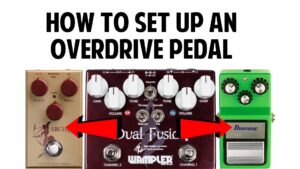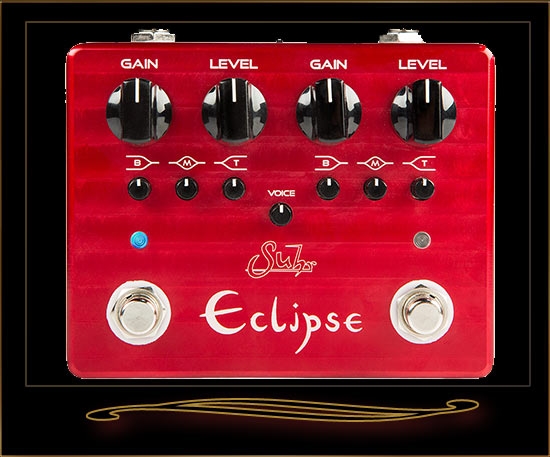Overdrive pedals are not scarce on the marker like people claim they are. Arguably, overdrive pedals are the most popular types of pedals which tone chasers are particular about.
With so many pedal brands making various kinds of overdrive pedals, factors range from affordability to features. The various types of overdrive pedals on the market can make buying one a bit overwhelming for anyone.
We have brought you this guide on “what an overdrive pedal does“, so stick around. Firstly, let us talk about what overdrive pedals are.
Content Navigation
What are Overdrive pedals?
Several overdrive pedals feature a handful of design and classic circuits. Still, the difference is several companies have experimented with these classic circuits and designs, ensuring that the overdrive pedals have their specific unique sound.
Overdrive pedals have inspired a lot of musicians and sound engineers, and breaking down the tonal characteristics of an overdrive pedal helps in finding your right flavor. In addition, if you can identify a seller’s selling point, you will feel comfortable deciding on what overdrive pedal you intend to go for.
What Does An Overdrive Pedal Sound Like?
Adding grit to signals is the first thing an overdrive pedal does, providing users with a sound similar to a cranked amplifier.
Producing a clean push tone capable of stretching to a crunch is what an overdrive pedal is also capable of, but providing a clean push tone depends on picking complex guitar strings and how overdrive pedals are dialed in.
Picking complex guitar strings and dialing in a pedal are factors that come into play when searching for the best overdrive pedal, and several people prefer an overdrive pedal with the ability to react when playing dynamics.
Other people prefer overdrive pedals capable of cleaning up tones when lowering a guitar’s volume control. Providing complete saturated sound is what you will get when you dial in some overdrive pedals while several pedals meet in the middle.
When overdrive petals meet in the middle, bridging the gap between distortion and overdrive happens next. Again, this gap is made possible using their comprehensive ranging gain controls.
Increasing overall volume and boosting signals is another role an overdrive pedal plays, and it is also good at boosting an amplifier’s output.
All of these possibilities of using an overdrive pedal explain why overdrive pedals are used for playing leads. In addition, when using an overdrive pedal in a live performance, they aid solos cut through any mix.
What Does An Overdrive Pedal Do

You can use an overdrive pedal in front of an amplifier, so running your guitar through an overdrive’s input is possible. If you have constructed a pedalboard that hosts a variety of pedals, where you place an overdrive pedal is relatively subjective.
Most players tend to place their overdrive pedals after wah pedals and tuners, while other people might decide to make use of an overdrive pedal that has a clean channel amp.
Using an overdrive pedal with a clean channel amp delivers harsh and crunchy tones, which explains why so many blues players use their overdrive pedals to push their amp speaker’s front end.
Overdrive pedals are also capable of providing tones with enough punch, and they improve the width of sounds and sustain. Overdrive tones are found under specific genres like indie, rock, and other contemporary styles, and you can use overdrive pedals with an amplifier distortion channel.
Metal players have adopted combining overdrive pedals with amplifier distortion channels because overdrives help tighten sounds and provide more focus. However, few players set up an overdrive pedal with low volume and drive, resulting in slight gain that will not go out of control.
Having a slight gain that will not go out of control introduces sustain and saturation, leading to chunky tones. However, most guitar players, especially the newbies, do not know what they want from an overdrive pedal.
You need to know what you want from a pedal because the information you gather about pedals will come in handy when you decide to shop for one. For example, overdrive pedals provide guitar tones with boost.
Sometimes, you need a touch of boost that will spice up and add color to your tones. Furthermore, guitar players also use overdrive pedals to compliment an overdriven amplifier.
A reason why overdrive pedals are used with an overdriven amplifier is to add color and boost the signal. Another reason could be to focus on various frequencies to generate better sounds.
Obtaining intense and more immense sounds might be why a guitarist uses an overdrive pedal, and an overdrive pedal provides intense and more extensive sounds by adding new gain to the signal chain.
In other cases, guitarists use an overdrive pedal so they can hear good tones and sounds when they play the guitar. We call this approach ‘the plugin and go approach’, and to obtain good sounds, set up your amplifier and tweak your overdrive pedal the way you want it.
If you intend to amplify dirty tones, you have to stack your overdrive pedals. It doesn’t matter what genre of music you are playing, and it could be metal, blues, or rock.
Creating harmonic and dynamic sounds comes with stacking overdrive pedals, and by stacking various overdrive pedals, you are bound to create limitless sounds. Of course, before stacking pedals, knowing how to control pedals to obtain a focused drive tone is something you need to learn how to do but let us explain what we mean by stacking.
Stacking means placing similar pedals on a pedalboard, and stacking is done with overdrive and delay pedals. When you stack pedals, they create unique and robust sounds, and you will find out that so many guitarists have resorted to stacking pedals in various genres of music except metal, punk, and rock genres.
Summary Of What An Overdrive Pedal Does
If you want to discover new sounds, then you need to start stacking pedals. This is cost-effective because you do not have to buy additional pedals to get new tones; stacking offers users total control of overdrive sound. Lastly, stacking provides users with two equalizer options that help in adjusting tones.
Related Posts
What Does A Compressor Pedal Do

